博文
郭少军教授团队EER最新综述︱面向能量电催化应用的金属纳米结构
||
最新综述:在过去的几十年中,研究人员努力地寻找可应用于有效的能量转换技术的先进电催化剂的合成方法,使其具有合理可控尺寸、形状、结晶度、组成和结构。在这些方法中,室温下的一步无种子水溶液合成法引起了研究人员的广泛关注,因为它是一种简单、廉价、节能、安全且毒性较小的电催化纳米材料合成方法。本综述将介绍在室温下、水溶液中设计各种Au,Pt,Pd,Ag结构和多金属纳米晶体结构的一步无种合成法的最新研究进展,重点是所制备的金属纳米晶体的结构—电催化性能的关系;此外还将阐述该领域当前面临的挑战并对未来研究方向进行了展望。
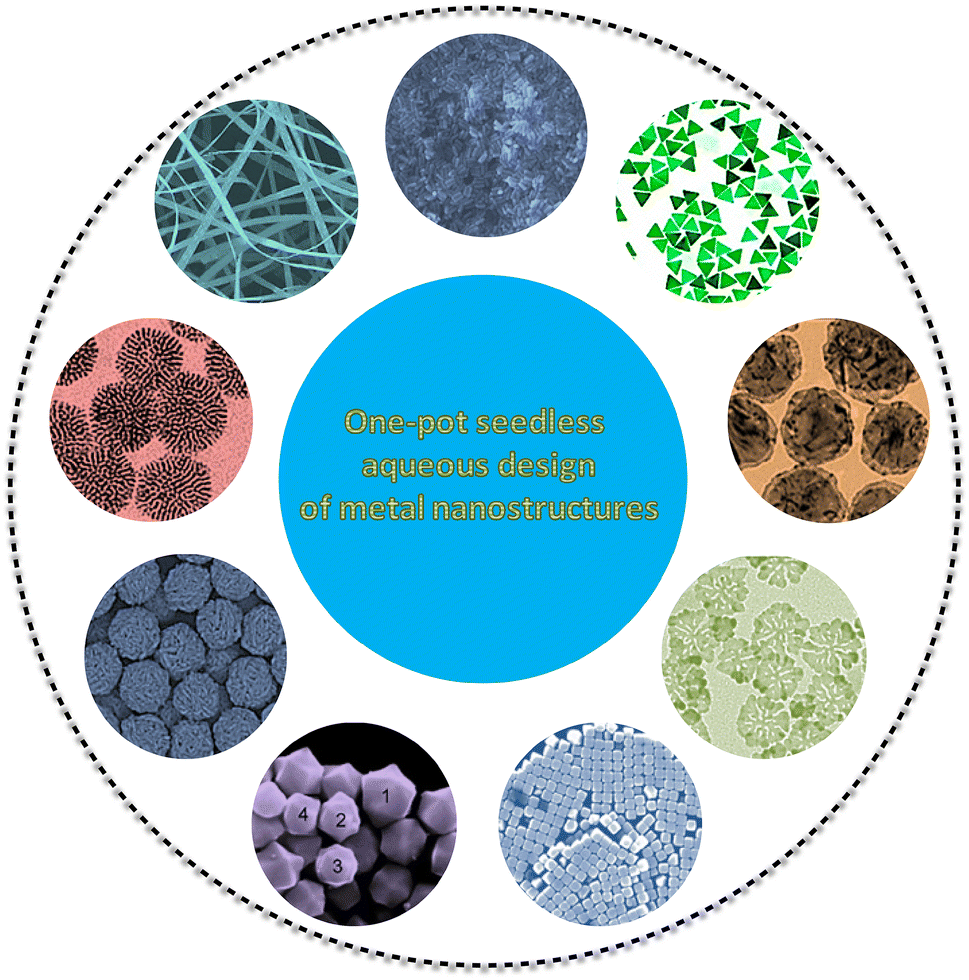
One-Pot Seedless Aqueous Design of Metal Nanostructures for Energy Electrocatalytic Applications
Abstract: Over the past several decades, extensive efforts have been undertaken to find methods to synthesize advanced electrocatalysts that possess rationally controllable sizes, shapes, crystallinities, compositions and structures for efficient energy conversion technologies. Of these methods, the one-pot seedless synthetic method in aqueous solution at ambient temperature has attracted extensive attention from researchers because it is a simple, inexpensive, energy-efficient, safe and less toxic method for the synthesis of electrocatalytic nanomaterials. In this review, recent developments in one-pot seedless synthetic strategies for the design of various structures of Au, Pt, Pd, Ag and multimetallic nanocrystals in aqueous solutions at ambient temperatures will be introduced, primarily focusing on the structure–electrocatalytic performance relationships of the as-prepared metal nanocrystals. Current challenges and outlooks for future research directions will also be provided in this promising research field.
文章信息
文章将发表于 EER 期刊 2018 年第 1 卷第 4 期,详情请阅读全文,可免费下载。
文章题目:One-Pot Seedless Aqueous Design of Metal Nanostructures for Energy Electrocatalytic Applications
引用信息:Lai, J., Chao, Y., Zhou, P. et al. Electrochem. Energ. Rev. (2018). https://doi.org/10.1007/s41918-018-0018-8
关键词:金属纳米结构,水溶液,一步无种合成,常温,电催化
全文链接:https://link.springer.com/article/10.1007/s41918-018-0018-8/fulltext.html
原文(扫描或长按二维码,识别后直达原文页面):

作者简介
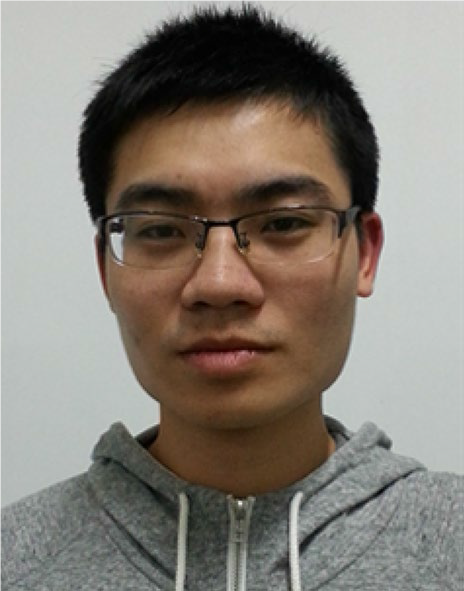
Jianping Lai (first author) is currently a postdoctoral fellow under the supervision of Prof. Shaojun Guo at Peking University. He received his B.S. degree from College of Chemistry in Fuzhou University (2011) and Ph.D. degree from Changchun Institute of Applied Chemistry, Chinese Academy of Sciences (2017). His research interests focus on the synthesis and electrocatalytic applications of nanomaterials.
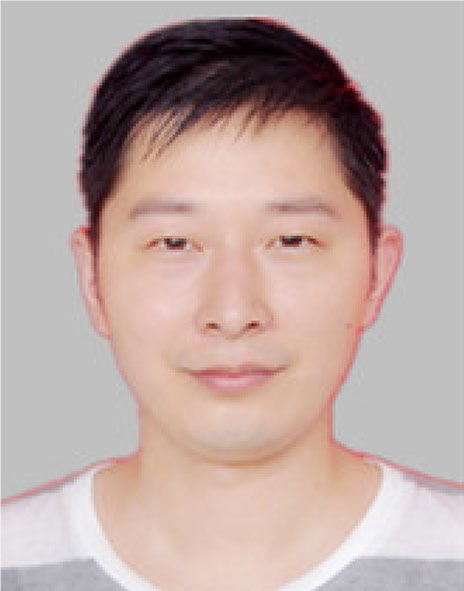
Yuguang Chao is currently a visiting student under the supervision of Prof. Shaojun Guo at Peking University, and he pursues a Ph.D. degree at Institute of Coal Chemistry, Chinese Academy of Sciences, from 2014. He received his B.S. degree in chemical engineering from Tianjin Polytechnic University (2014). His research interests include the synthesis and characterization of nanomaterials for photocatalysis, electrocatalysis and energy storage.
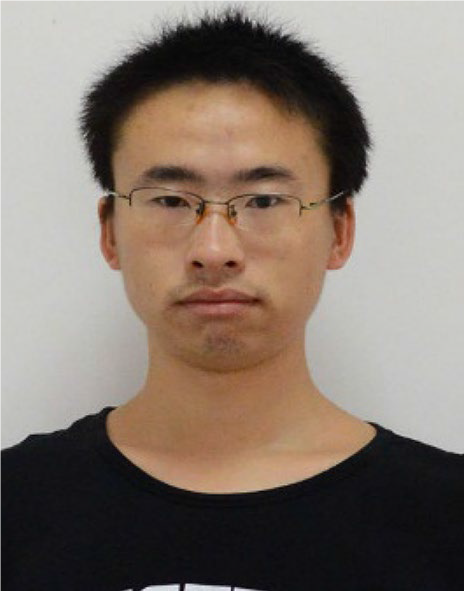
Peng Zhou is a postdoctoral research associate in Prof. Guo’s group at Peking University. He obtained his B. Sc. (2011) and M.S. (2014) in Wuhan University of Technology and Ph.D. in physical chemistry from the Chinese Academy of Sciences (2017). His current research concentrates on the synthesis and properties of nanostructured photocatalytic materials for CO2 reduction.
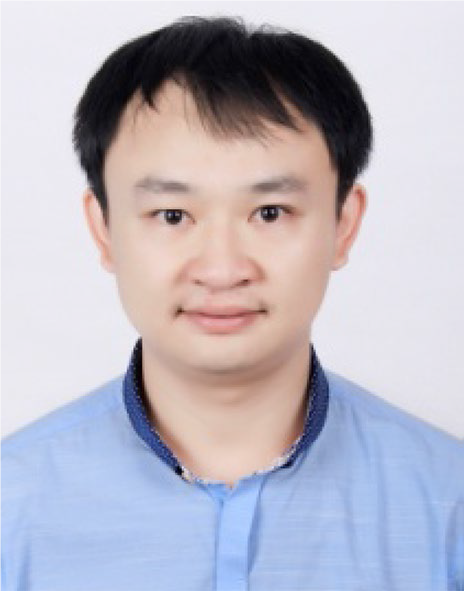
Yong Yang is currently a postdoctoral fellow under the supervision of Prof. Shaojun Guo at Peking University. He received his B.S. degree and M.S. degree from Northwest University in 2009 and 2012, respectively. He received his Ph.D. degree at Tsinghua University in 2016. His research includes the synthesis of functional nanocrystals for electrochemistry and energy storage.

Yelong Zhang received his Ph.D. in analytical chemistry from Changchun Institute of Applied Chemistry, Chinese Academy of Sciences, in 2017. Currently, he is a postdoctoral fellow under the supervision of Prof. Shaojun Guo at Peking University. His research interests mainly focused on two-dimensional transition metal carbides and nitrides (MXenes) for electrochemical energy storage and catalysis.
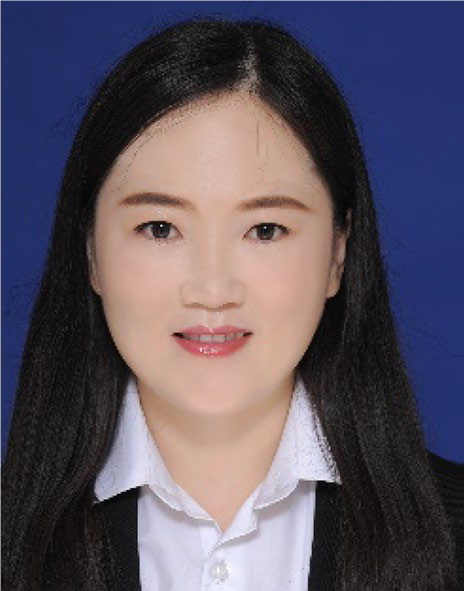
Wenxiu Yang is currently a postdoctoral fellow under the supervision of Prof. Shaojun Guo at the College of Engineering, Peking University. She received her Ph.D. degree from Changchun Institute of Applied Chemistry, Chinese Academy of Sciences, in 2017 and B.S. degree from Lanzhou University in 2012, respectively. Her scientific interests focus on nanomaterials for catalysis and renewable energy.
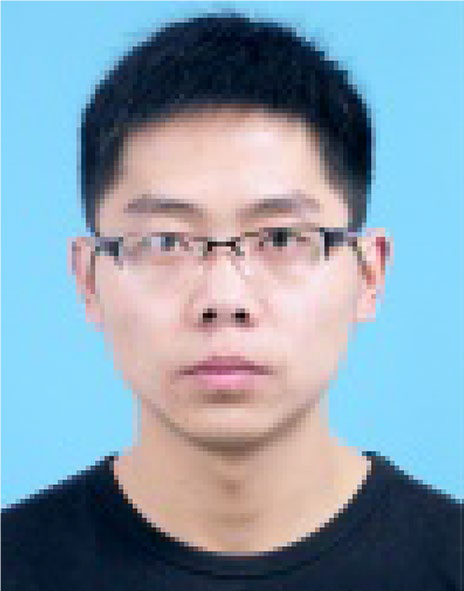
Dong Wu is a Ph.D. student in Academy for Advanced Interdisciplinary Studies, Peking University. He received his B.S. degree from College of Chemistry and Chemical Engineering in Lanzhou University (2014). Currently, he studied with Prof. Shaojun Guo as a visiting student. His research interests include the synthesis of nanomaterials and their applications in energy conversion.

Jianrui Feng obtained his B.Sc. degree in Chemistry from Nankai University and BE degree in Chemical Engineering from Tianjin University in 2016. His bachelor thesis was dedicated to DFT modeling of heterogeneous catalysis supervised by Professor Gui-Chang Wang. After graduation, he joined Professor Shaojun Guo’s group at Peking University as a research assistant to investigate electrocatalysis and batteries. Since 2018, he works as a Ph.D. candidate with Professor Zhichang Liu at Westlake University on design and synthesis of supramolecular organic functional assemblies. His research interests include the synthesis of nanocrystals, electrocatalysis, organic functional materials, computational chemistry.
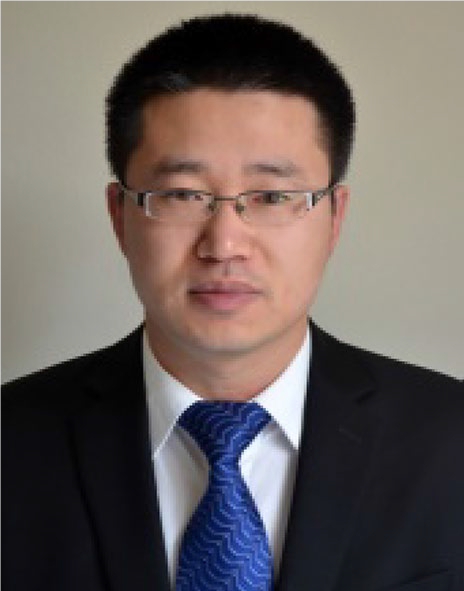
Shaojun Guo(corresponding author) is currently a Professor of Department of Materials Science and Engineering with a joint appointment at Department of Energy and Resources Engineering, at College of Engineering, Peking University, and fellow of the Royal Society of Chemistry. He received his B.Sc. in chemistry from Jilin University (2005) and his Ph.D. in analytical chemistry from Chinese Academy of Sciences (2011). He joined Prof. Shouheng Sun’s group as a postdoctoral research associate at Brown University (2011—2013) and then worked as J. Robert Oppenheimer Distinguished Fellow at Los Alamos National Lab (2013—2015). His research interests are in engineering nanocrystals and 2D materials for catalysis, renewable energy, optoelectronics and biosensors.
期刊介绍
Electrochemical Energy Reviews (《电化学能源评论》,简称EER),该期刊旨在及时反映国际电化学能源转换与存储领域的最新科研成果和动态,促进国内、国际的学术交流,设有专题综述和一般综述栏目。EER是国际上第一本专注电化学能源的综述性期刊。EER覆盖化学能源转换与存储所有学科,包括燃料电池,锂电池,金属-空气电池,超级电容器,制氢-储氢,CO2转换等。
EER为季刊,每年3月、6月、9月以及12月出版。
创刊号在2018年3月正式出版。
欢迎关注和投稿
期刊执行严格的同行评议,提供英文润色、图片精修、封面图片设计等服务。出版周期3个月左右,高水平论文可加快出版。欢迎关注和投稿。
联系我们
E-mail eer@oa.shu.edu.cn
Web http://www.springer.com/chemistry/electrochemistry/journal/41918
Tel 86-21-66136010
关注微信公众号 获取科研动态 |
https://blog.sciencenet.cn/blog-3390413-1141732.html
上一篇:刘美林教授团队EER最新综述︱固体氧化物燃料电池电极材料的原位和表面增强拉曼光谱研究
下一篇:吴锋院士团队和Khalil Amine教授团队 EER最新综述︱废旧锂离子电池的回收:当前的工艺和技术
